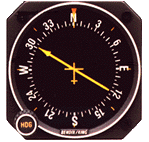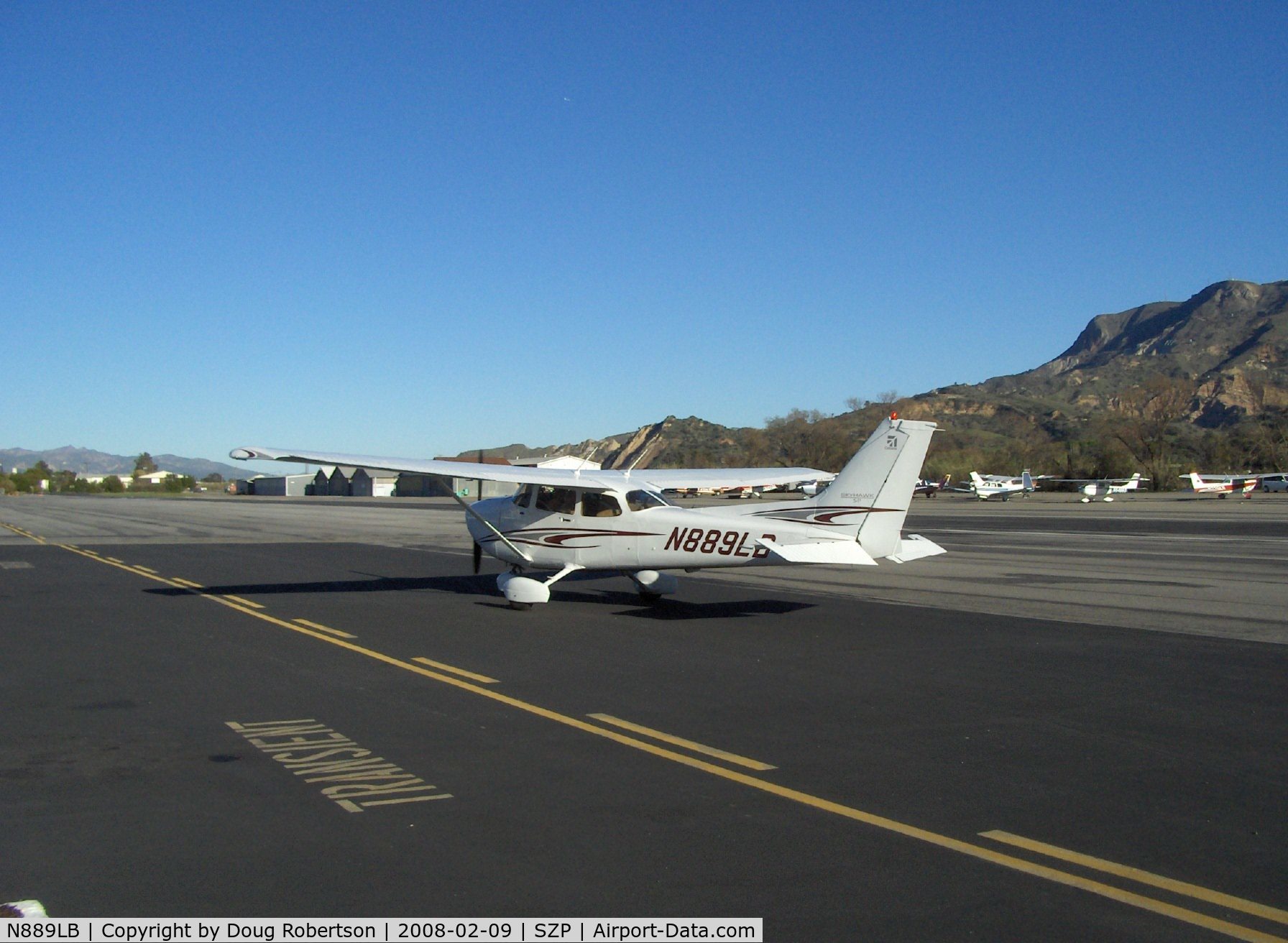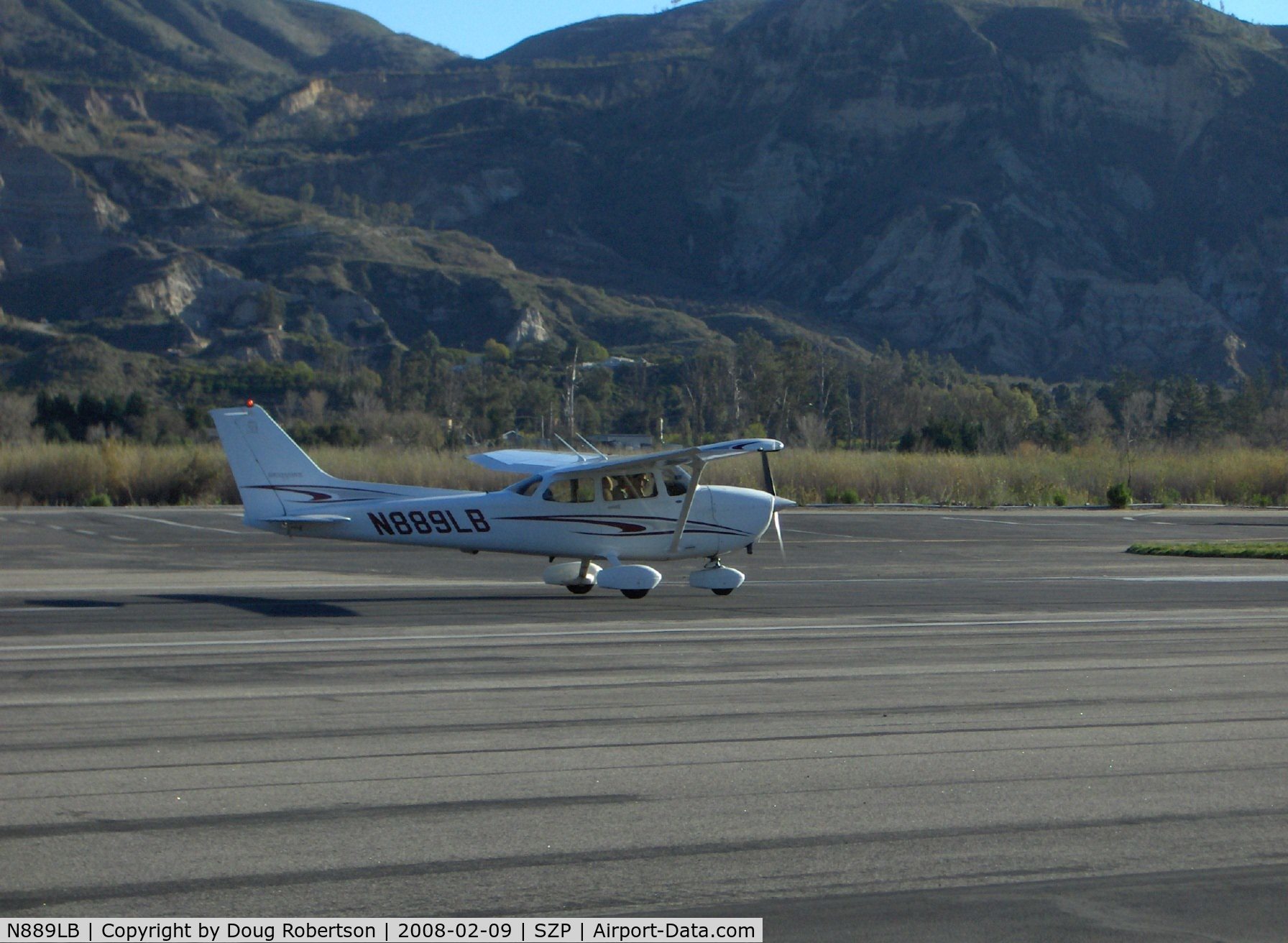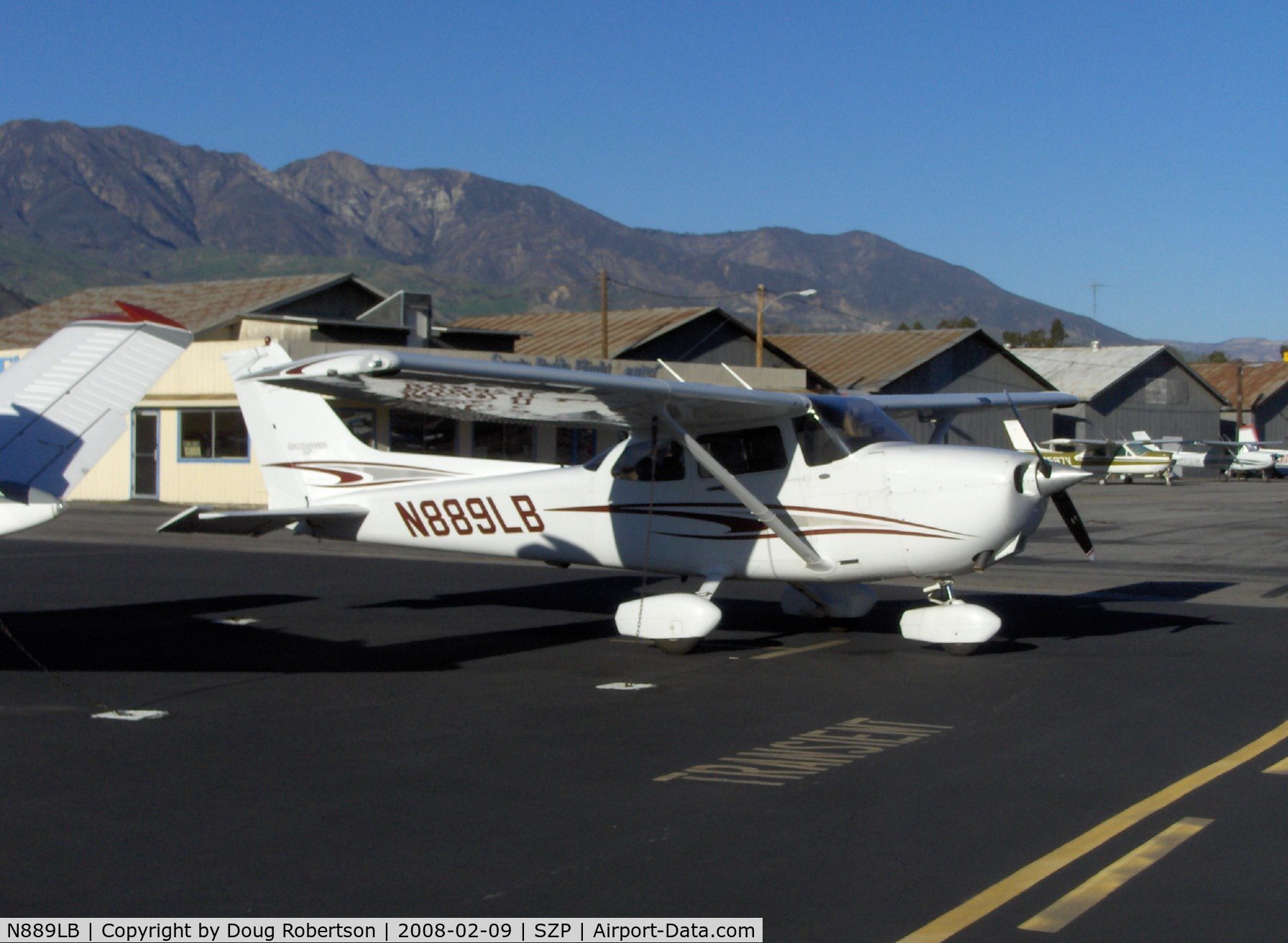COMPONENTS
ADF Receiver : You can tune the station desired, and select the mode of operation. The signal is received, amplified, and converted to audible voice or Morse code and powers the bearing indicator.

Control Box (Digital Readout Type) : Most newer aircraft have this in the cockpit . The frequency tuned is displayed as digital readout. ADF automatically determines the bearing to the selected station and displays it on the RMI.
Antenna : The ADF needs two antennas. The two antennas are called the LOOP antenna and the SENSE antenna. The ADF receives signals on both the loop and the sense antennas. The loop antenna consist of several coils spaced at various angles. The loop antenna sense the direction of the station by the strength of the signal on each coil, but cannot however determine whether the bearing is TO or FROM the station. The sense antenna provides this latter information.
Bearing Indicator : displays the bearing to station relative to the nose of the aircraft. Relative Bearing is the angle formed by the line drawn through the center line of the aircraft and a line drawn from the aircraft to the radio station. Magnetic Bearing is the angle formed by a line drawn from aircraft to the radio station and a line drawn from the aircraft to magnetic north (Bearing to station). Magnetic Bearing = Magnetic Heading + Relative Bearing.

TYPE OF ADF INDICATOR
Four types of ADF indicators are in use today. In every case, the needle points to the navigation beacon.Those four types are:
Fixed Compass Card : It is fixed to the face of instrument and cannot rotate. 0 degree is always straight up as the nose of aircraft.

The relationship of the aircraft to the station is refered to as " bearing to the station " MB or aircraft to magnetic north. This type of indicator, pilot must calculate for the bearing by formula: MB = RB + MH
Rotatable Compass Card : The dial face of the instrument can be rotated by a knob. By rotating the card such that the Magnetic Heading (MH) of the aircraft is adjusted to be under the pointer at the top of the card.

The bearing to station (MB) can be read directly from the compass card without calculation and makes it easy for the pilot. Today, they have designed automatic rotating compass cards to agree with the magnetic heading (MH) of the aircraft . Thus MB to station can be read at any time without manually rotating the compass card on the ADF face.
Single-Needle Radio Magnetic Indicator : Radio Magnetic Indicator is an instrument that combines radio and magnetic information to provide continuous heading, bearing, and radial information.

The face of the single needle RMI is similar to that of the rotatable card ADF.
Dual-Needle Radio Magnetic Indicator : The dual needle RMI is similar to single needle RMI except that it has a second needle. The first needle indicates just like a single needle. In the picture , the yellow needle is a single which indicate the Magnetic Bearing to the NDB station . The second needle is the green needle in the picture. (Still looks yellow, but pointing roughly 014 degree)

The second needle (green) is point to VOR station .The dual needle indicator is useful in locating the location of an aircraft.
OPERATION
ADF operates in the low and medium frequency bands. NDB frequency and identification information may be obtained from aeronautical charts and Airport Facility Directory. The ADF has automatic direction seeking qualities which result in the bearing indicator always pointing to the station to which it is tuned. The easiest and perhaps the most common method of using ADF , is to "home" to the station . Since the ADF pointer always points to the station , the pilot can simply head the airplane so that the pointer is on the 0 (zero) degree or nose position when using a fixed card ADF . The station will be directly ahead of the airplane. Since there is almost always some wind at altitude and you will be allowing for drif, meaning that your heading will be different from your track. Off track , if the aircraft is left of track, the head of the needle will point right of the nose. If the aircraft is right of track, the head of the needle will point left of the nose.
For fixed compass cards, you must use the formular MB = MH + RB to find out what degree the ADF pointer should be on. Today , the fixed card indicators is very unsatisfactory for every day use , but can still be found on aircraft panels.
For rotatable compass cards, it has huge advantages over the fixed card indicators. The pilot can rotate the compass card with the heading knob to display the aircraft MH "straight up" . Then the ADF needle will directly indicate the magnetic bearing to the NDB station.
For Single needle Radio Magnetic Indicator , the compass card is a directional gyro and it rotates automatically as the aircraft turns and provide continuous heading information. It accurately indicates the magnetic heading and the magnetic bearing to the beacon.
For dual needle Radio Magnetic Indicator, this gives the pilot the same information as the single needle indicator; such as aircraft heading and magnetic bearing to the NDB . The seacond indicator will point to a VOR station . This helps the pilot to check the location of the aircraft at that time.






















